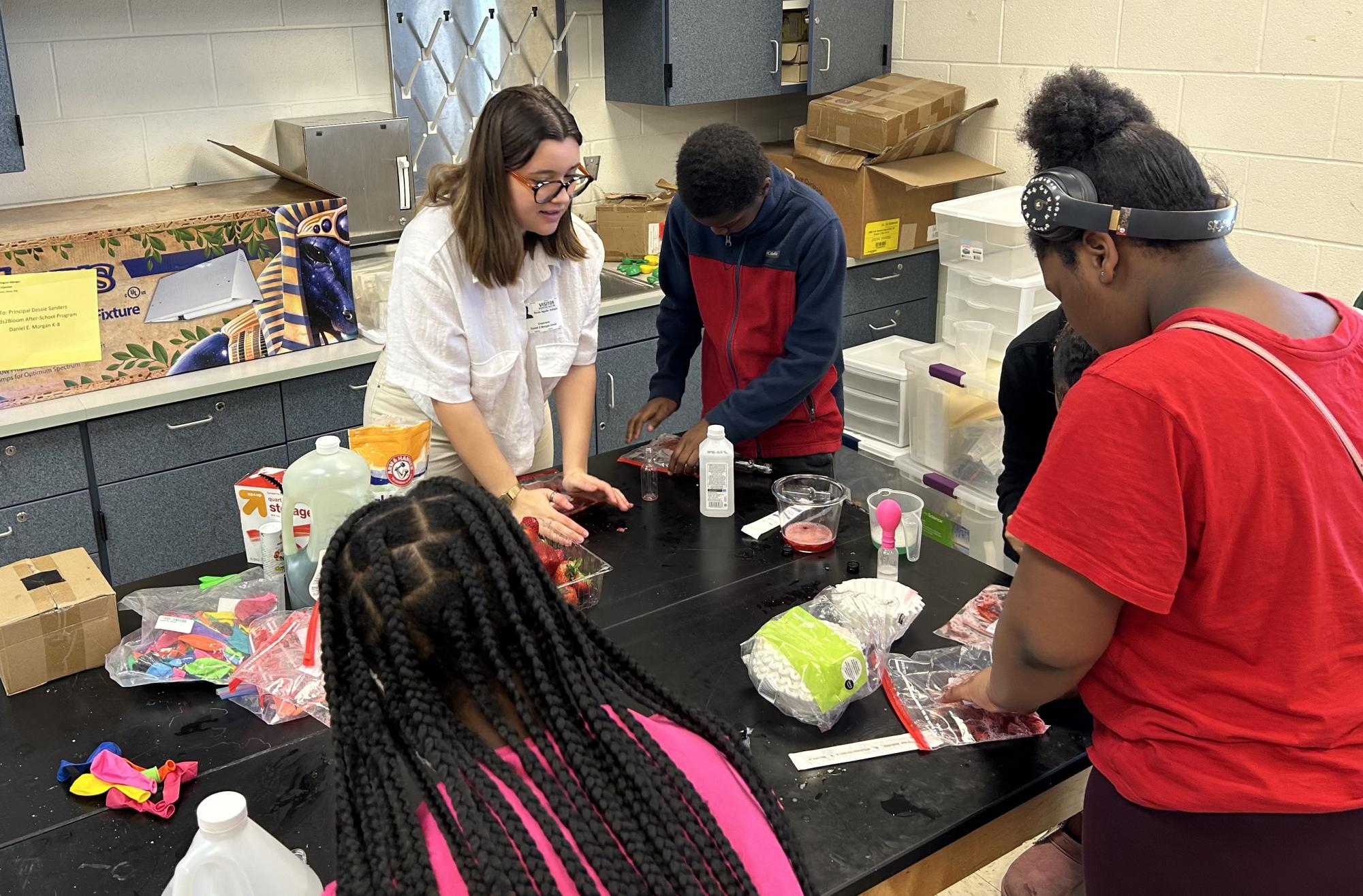Learn To Be is a nonprofit organization that primarily focuses on facilitating free online tutoring opportunities for underserved students. According to Benjamin Hafey, a fourth-year biology student and president of the Learn To Be club at Case Western Reserve University, the club focuses on bridging the education gap for students whose parents cannot afford private tutoring.
Having a passion for teaching since middle school, Hafey searched for tutoring programs during the pandemic. Learn To Be was one of the few platforms that enabled tutors to teach from their homes.
“I was able to connect with some kids and find out how much I liked it and how enjoyable it was,” Hafey said. “I realized [that] one-on-one tutoring online is actually pretty good.”
This passion led him to create the Learn To Be chapter at CWRU, which connects university students with kids across the country with a focus on Cleveland schools. The club has partnered with local organizations and connected tutors with middle school students at the nearby Daniel E. Morgan K-8 School to engage in a variety of interactive science experiments.
“We’ve had nursing student volunteers, we’ve had the typical bio majors like me, we’ve had neuro majors,” Hafey said. “They actually are allowed to design their own experiments so they can bring whatever they want to the table.”
CWRU’s Learn To Be chapter has helped provide bacteria growth plates, Van de Graaff generators and Backyard Brains to supplement interactive programs for kids who are considering pursuing STEM majors.
“It’s a thing where you can control someone else’s arm with electrodes,” Hafey said regarding Backyard Brains. “That’s a really cool way of showing them how the muscles work and [how] your nervous system uses electricity. So I think it’s like we’ve been doing many cool things, and the kids have been loving it so far, and the teacher loves it as well.”
The chapter has almost 200 members. One member, Laura Blanco, a fourth-year CWRU student studying psychology and cognitive science, reflected on the club’s role in giving students valuable learning experiences.
“It was amazing seeing the kids do all these things,” she said. “When I talked to the teacher … he said that he is very grateful for it because the kids don’t usually have access to a lab or just science in general.”
The chapter also hosted intern scientists from the NASA Glenn Research Center in Cleveland to introduce students to virtual reality headsets, allowing them to immerse themselves into how machinery and engines work. Hafey also mentioned that in collaboration with biology Professor James Bader and the Cleveland Department of Public Health, kids were able to build their own air quality monitors.
Hafey highlighted the value of engaging students in highly technical fields that have large amounts of coursework.
“There’s a lot more to education than just tutoring,” he said. “There’s also inspir[ing] them towards a career in STEM.”


